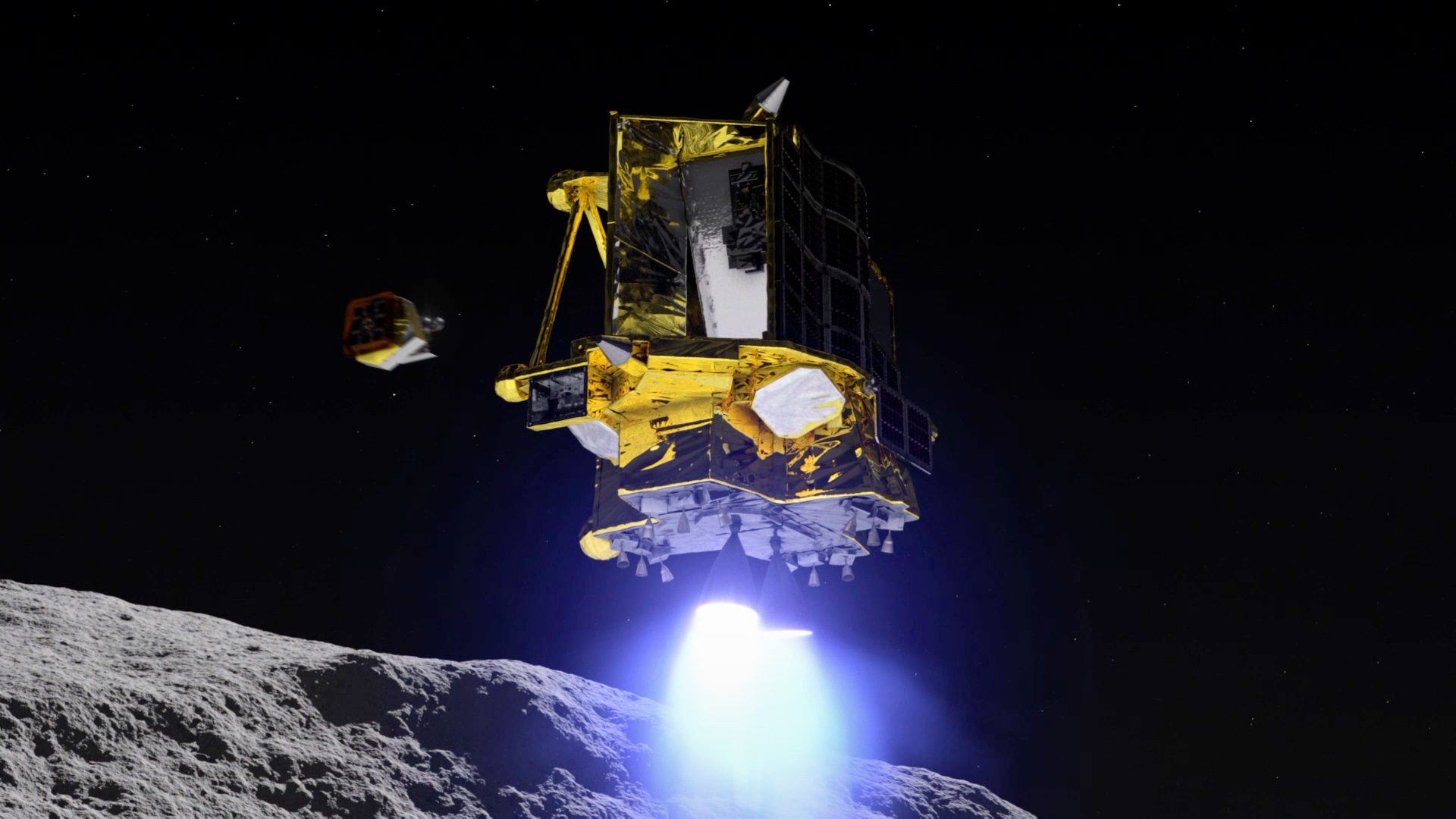
NASA has canceled a $450 million program to map water ice deposits on the moon after cost overruns and scheduling delays.
That program, called Viper — the Volatiles Investigating Polar Exploration Rover — was scheduled to fly on Astrobotic’s second lunar lander mission next year. The mobile robot was due to conduct a 100-day mission to map lunar ice and use a 1-meter drill to detect and analyze these ice deposits. It would’ve been NASA’s first resource-mapping mission off planet Earth.
Water will be vital to any human expansion beyond earth. Other NASA missions have helped scientists confirm the presence of water on the moon, but we still don’t have a good understanding of where the most water-rich areas are, or what form the ice is in, like ice crystals or water molecules bonded to soil. The agency said it would use Viper’s findings to inform future landing sites for crewed missions to the moon under its flagship Artemis program.
But it isn’t just NASA that would’ve benefited from the mission data. A number of startups have set their sights on lunar prospecting and mining, with the aim of using naturally harvested water ice as propellant for longer-duration stays on the planet or as a way station to Mars.
The mission architecture was complex. NASA officials wanted to send Viper into the moon’s permanently shadowed regions, which are some of the coldest areas of the solar system, and operate it in near-real time from Earth relying, in some areas, on only computer simulations for navigation.
The agency doesn’t yet have a good understanding of what the soil in some of these areas is like, so they were designing the rover to operate in a variety of conditions. The solar-powered rover would’ve also been up against the moon’s long nights; due to these conditions, the rover would’ve needed to land on the moon during the start of the lunar “summer season” on the South Pole.
Beyond these technical challenges, the mission was also going to be delivered to the moon using Astrobotic’s Griffin lander, as part of a contract awarded to that company under NASA’s Commercial Lunar Payload Services initiative. It was a high-stakes, heavy and expensive payload to place on an untested lander; Astrobotic’s first lunar mission, using a smaller lander called Peregrine, launched at the beginning of this year but failed to reach the moon.
The mission was originally slated to launch in late 2023, but that was pushed to the fourth calendar quarter of this year. NASA officials further delayed it to September 2025. The Griffin lander was independently delayed until the same time frame, and although Viper is canceled, that mission will move forward.
“Continuation of VIPER would result in an increased cost that threatens cancellation or disruption to other CLPS missions,” NASA said in a press release.
The 1,000-pound robot has been fully assembled but hasn’t finished pre-flight testing. As a result, NASA will save around $84 million in development costs, officials said during a press conference Wednesday, though the agency has already spent $450 million on the program.
Joel Kearns, NASA’s deputy associate administrator for exploration, said Wednesday that the agency was looking to take Viper apart and reuse some of its scientific instruments and components on future moon missions, though the rover could still be used as-is if any commercial or international partners express interest.




